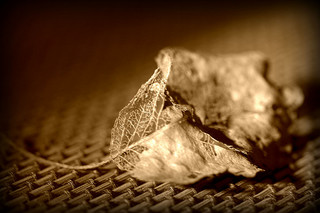 It’s a beautiful time of year. The air is cool and crisp. Comfy, beautiful sweaters are making their way from the back of the closet. And leaves are changing colors all over the country. Beautiful shades of red, orange and yellow take the place of vibrant spring greens.
It’s a beautiful time of year. The air is cool and crisp. Comfy, beautiful sweaters are making their way from the back of the closet. And leaves are changing colors all over the country. Beautiful shades of red, orange and yellow take the place of vibrant spring greens.
And then, those leaves fall to the ground.
It becomes quite a chore for homeowners to keep up with the falling leaves during fall and winter lawn care, but instead of bagging and sending them to the landfill. There is another option: composting.
Starting a backyard composting system is fairly easy and requires three basic ingredients: “browns,” “greens,” and water.
The “browns” in the composting recipe are those beautiful colorful (but dead) leaves, branches and twigs that have fallen from trees, shrubs, bushes. The “greens” in the mix refer to fresh grass clippings, fruit and vegetable peels and waste, and even coffee grounds.
Start a compost pile (or fill a bin) now with those three ingredients, turn and mix frequently, and you’ll have ready-to-use compost in as little as two months. You’re basically creating the food for the following season’s landscaping.
For more on starting your own composting system, what to use and what not to use, visit TreeHugger.com.

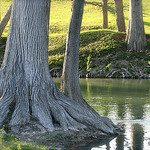 As the leaves begin to change colors and the winds shift and become cooler, that can only mean one thing: It’s time to plant!
As the leaves begin to change colors and the winds shift and become cooler, that can only mean one thing: It’s time to plant!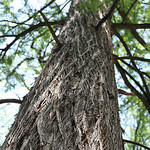 We see it all too often: Trees are added to landscape and then forgotten about. Sure, they get water with the rest of the yard. But when was the last time you maintained your trees from the top down? Here are 4 ways to know when you’re trees need to be trimmed:
We see it all too often: Trees are added to landscape and then forgotten about. Sure, they get water with the rest of the yard. But when was the last time you maintained your trees from the top down? Here are 4 ways to know when you’re trees need to be trimmed: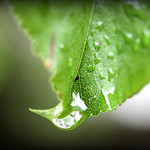 It’s hard a balance to strike sometimes: Watering your trees and landscaping while utilizing resources responsibly. With the summertime heat and drought restrictions in place for watering in many cities across the country, providing your plants with enough of the wet stuff can be a challenge.
It’s hard a balance to strike sometimes: Watering your trees and landscaping while utilizing resources responsibly. With the summertime heat and drought restrictions in place for watering in many cities across the country, providing your plants with enough of the wet stuff can be a challenge.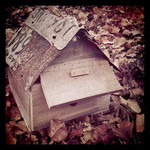 We recently blogged about
We recently blogged about